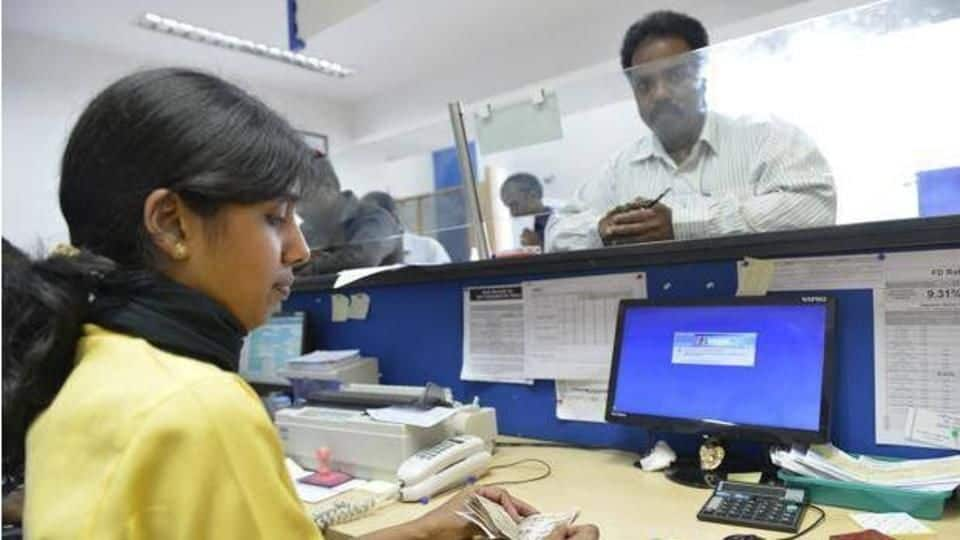
What is FRDI Bill? How does it protect your bank-deposits?
What's the story
Most of us have bank accounts, but the funds held in these savings accounts aren't really safe if the banks fail.
To protect bank deposits, the Centre is going to introduce a new bill -Financial Resolution and Deposit Insurance (FRDI) bill- in the Parliament in the upcoming winter session.
FRDI Bill covers financial institutions like banks, insurance companies, stock exchanges, etc.
Here's more.
Why?
Why do we need a special law for financial firms?
When a financial institution fails, investors/depositors suffer losses. For instance, if an automaker fails, the public wouldn't really be affected except for the fact that there would be reduced choices; there wouldn't be any negative financial implications on the public.
But if a bank/insurance provider fails, the public (depositors/investors) lose their money.
That's why there should be different rules for such financial firms.
What?
What does the FRDI Bill aim to do?
The FRDI Bill is aimed at introducing an "early warning system" for financial institutions to protect customers, as well as constituting the Resolution Corporation (RC) to insure bank deposits.
Currently, the Deposit Insurance and Credit Guarantee Corporation (DICGC) also insures bank deposits amounting to Rs. 1lakh.
The limit for insured deposit sum under the Resolution Corporation would be set after consulting RBI.
Risk of Failure
Five categories based on firms' failure risk
The Bill also aims to put in place the rules for classifying financial firms into five categories -low, moderate, material, imminent, and critical risk to viability- depending on their risk of failure.
For firms with material/imminent failure risk, there is a process to give them time to recover; for companies in the terminal-stage, a method for allowing it to prepare for failure is available.
Five Methods
Ways to resolve crisis at "critical" risk firms
If a financial firm has "critical" failure risk, the RC takes over its administration.
The RC can use one or more of its five ways to resolve the crisis, including: transferring its assets/liabilities to another firm; merging or putting it up for acquisition; creating a bridge financial firm for taking over the failing firm's assets/liabilities/management; using bail-in provision/converting the debt; and liquidating the firm.
Bail-in tool
What is the bail-in clause?
Bail-in rescues financial institutions on the "brink of failure" by making creditors/depositors take losses on their holdings.
The bill's bail-in clause triggered panic among bank depositors that their money would be used to reduce banks' liabilities.
However, customers need not worry about their deposits being lost in a bail-in. They would be lost only if the depositors give their consent for the same.
Approach
A depositor-friendly and rule of law based approach
It is essential for the customers of financial firms to understand that bail-in clause is only one of the five methods the RC would use for "critical" failure risk.
If there's a robust system in place, very few financial institutions will reach the "critical" stage.
So, the FRDI Bill's approach is actually safe and better than having "an ad hoc personality-driven approach".
Failure?
Public sector banks got recapitalized recently to prevent failure
Depositors may not lose their holdings even if the FRDI Act comes into force, as the option to prevent bank failure through bail-in would reportedly remain with the government.
It finally depends on the government; but, it is unlikely for any government to allow depositors to suffer losses due to bank's failure, even if their deposit sum is beyond the insured limit.